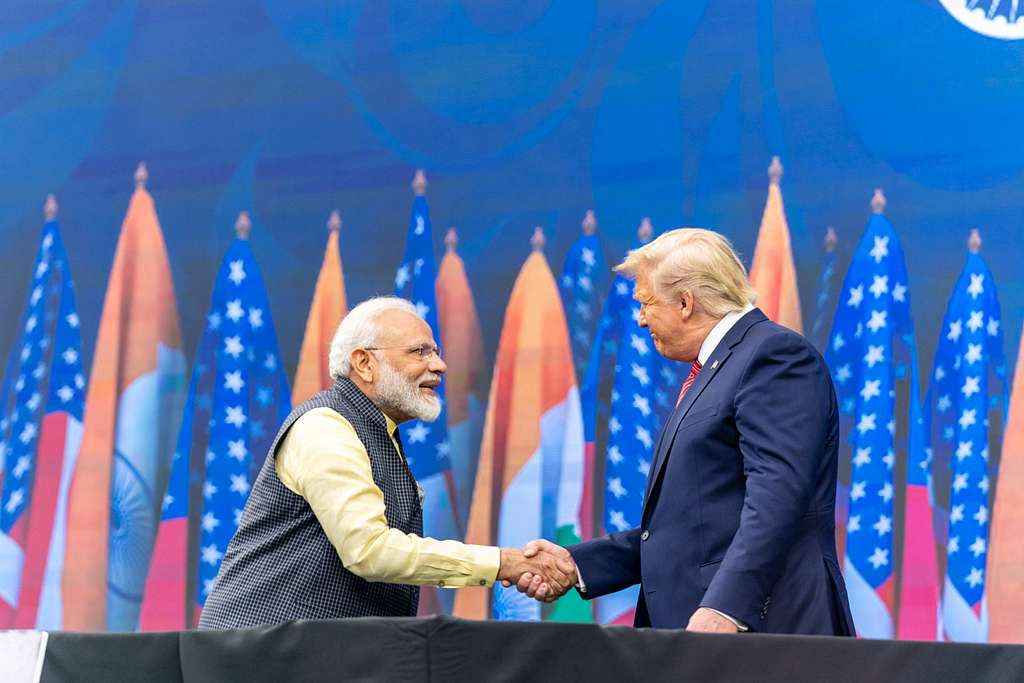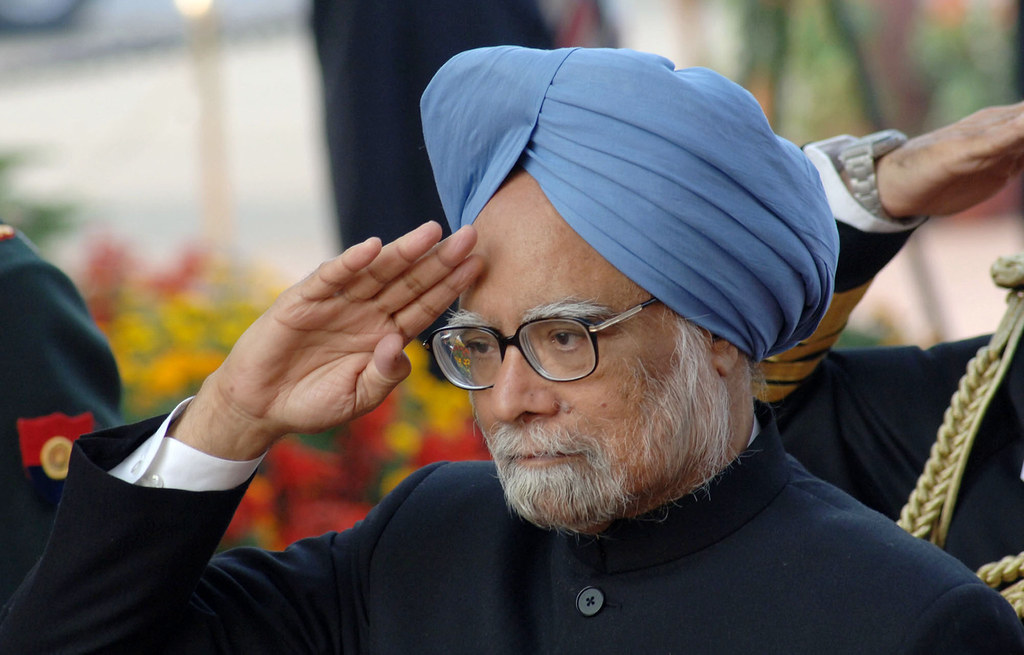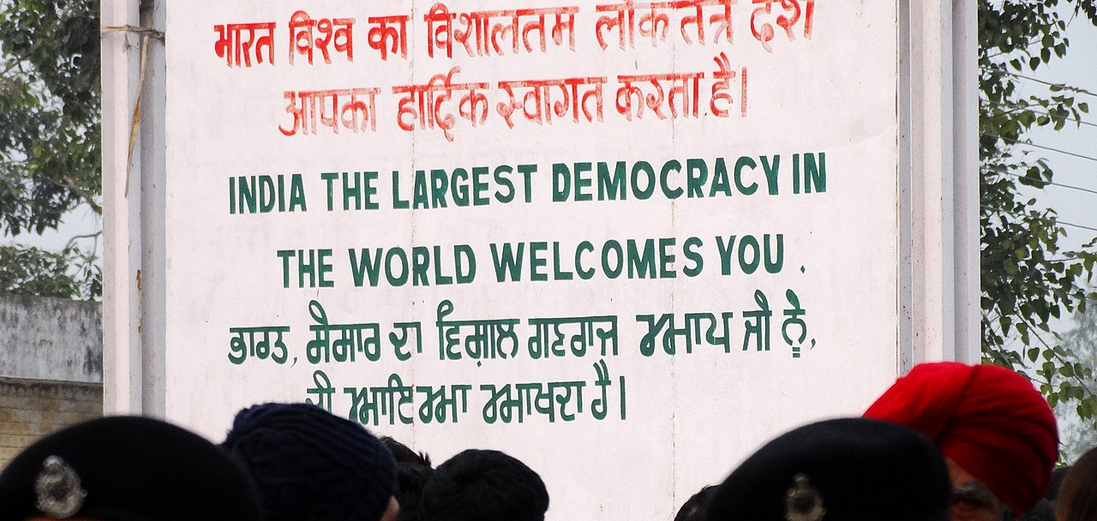
If there was an award for the most successful political start up of the last decade, the Aam Aadmi Party (AAP) would be the obvious front-runner (the YSRCP in Andhra is another contender but is primarily an offshoot of the original Congress party). No other political party has made such a dramatic impact in such a short period as the Arvind Kejriwal-led outfit, no doubt partly enabled by the excess media exposure by virtue of being located in the national capital. The nagging question now is whether AAP can scale up and become a pan-Indian ‘unicorn’. Which is why the 2022 assembly elections could be a key moment in AAP’s political journey.
Of the five states going to the polls over the next few weeks, AAP is a player in three: a serious contender for power in Punjab, a possible kingmaker in Goa and a potential spoiler in Uttarakhand. Interestingly, in each state, AAP has adopted distinct strategies for electoral success. In Punjab, it is appealing to a growing anti-elite, rural backlash to the Congress-Akali duopoly. In Goa, AAP is projecting itself as an idealistic, middle class party that will stand up to Goa’s sleazy cash and carry defection politics. And in Uttarakhand, the party is offering a more basic Delhi-like ‘education-health’ model of effective local governance.
The common strand that binds AAP’s politics is a desire to be seen as a viable ‘alternative’ to the established parties by tapping into a vote bank of the disillusioned citizens who are looking for a change from corruption-ridden ‘politics as usual’. This was also the party’s original USP, best evidenced in its remarkable overnight transformation from an India Against Corruption NGO-style movement into a party of power in Delhi. The choice of its three chief ministerial candidates suggests that AAP still wants to cash in on its tag as an ‘anti-establishment ‘outsider’: in Punjab, the choice of a former comic actor Bhagwant Mann as its chief ministerial nominee invokes a narrative of a rural folk hero versus the entrenched elites; in Goa, Amit Palekar is a lawyer-activist who has taken up land grab issues while its Uttarakhand CM face, Col Ajay Kothiyal is a former armyman who was involved in the reconstruction of areas around Kedarnath after the 2013 flash floods.
And yet, this is also a ‘new’ AAP, different in many ways from the fresh-faced avatar that struck such a chord in 2013 as a party with a difference. It is clear that AAP is less of a volunteer force now and more a traditional political party with Kejriwal as its unquestioned ‘supremo’. Its recent contentious excise policy that has seen a proliferation of private liquor vends in Delhi reveals a business-like pragmatism that places resource mobilisation above moral fervor. A mixed record on governance exposes the gap between pre-poll populism and post-poll implementation: the worsening air quality in Delhi is an example.
Where once it was seen as a staunch ‘secular’ force, today its critics point to AAP’s failure to act effectively on the 2020 Delhi riots or indeed its indifference to the anti Citizenship Amendment Act protestors at Shaheen Baug as evidence of the party having abandoned ‘minority’ concerns. This criticism has even led a piqued Congress to label AAP as the BJP’s ‘B’ team, a ‘Hindutva Lite’ party that has compromised with the rising tide of Hindu nationalism. When Kejriwal backs the revocation of Article 370 in Kashmir, chants the ‘Hanuman Chalisa’ ahead of the Delhi elections, provides free pilgrimages to Ayodhya for senior citizens, he is accused of consciously embracing ‘Hindu’ majoritarian interests to further political ambitions.
And yet, it is precisely in the transition of AAP from being seen as a value based moral project into a hardnosed political party with one eye on electoral benefit that its future growth plans can be conceived. Politics in India is not a sanctimonious morality play but only mirrors the complexities and hypocrisies of society. When every party and leader stands accused of ideological compromise to varying degrees, why should AAP alone be expected to wear the garb of undiluted virtue? Is ‘secularism’ for example the sole proprietorship of the Congress party which over the years has run with the secular hare and hunted with communal hounds? An ‘anti-Hindu’ image in contemporary politics is seen as a major roadblock which might explain the AAP’s delicate balancing act in the face of sharply polarizing issues.
In a sense, a shrewd IIT-trained Kejriwal has strategically placed political compulsions above his original image as the all-conquering middle class hero of left liberal cheerleaders. Gone is the impulsive neta who resigned after 44 days in power in Delhi in 2014 because he couldn’t pass the anti-corruption Jan Lok Pal bill. Or indeed the man in a hurry who chose to challenge Narendra Modi in Varanasi in 2014 within months of making his political debut. Or the ‘anarchic’ street-fighter who didn’t hesitate to go on a dharna or pick up battles with the high and mighty and even once called prime minister Modi a ‘coward’ and a ‘psychopath’. Instead of the middle class activist icon, we now have a more consummate politician, someone who has recognized that in politics there is often no greater virtue than patience.
Where once Mr Modi and the BJP were his obvious enemy number one, Kejriwal circa 2022 has slowly learnt that a poorly led and organizationally weakened Congress is far more vulnerable at this stage than a dominant BJP. Which is why AAP has made a deliberate attempt to encroach upon the Congress’s traditional footprint: be it gaining in minority-dominated areas at the cost of the Congress in civic polls in Gujarat last year or focusing on states like Punjab, Goa and Uttarakhand where the Congress remains a major party with a sizeable vote share. An all out attack on the BJP at this stage brings Kejriwal back to square one as yet another embittered opposition leader in a crowded anti-Modi space; a more calculated targeting first of the Congress voter opens up the possibility of emerging as a future national challenger to the BJP by weakening the primary opposition brand.
Which might explain why both the Congress and BJP remain wary of Kejriwal’s national ambitions. And yet, here is a reality check: in the 2019 general elections, AAP won just one seat and 0.4% of the vote share. Kejriwal likes the David versus Goliath analogy but truth is, AAP is still work in progress.
Post-script: The ‘war’ to capture the non-BJP opposition space is not without its complications. Not only does the anti-BJP vote get fragmented, it also creates more disquiet and confusion within the opposition ranks. Here is an intriguing question: what if any one of Goa, Punjab or Uttarakhand throw up a hung assembly as some polls are predicting? Can AAP afford to remain equidistant in that scenario, or will AAP and the Congress be willing to strike a post-poll ‘deal’ as they once did in Delhi 2013?





































































































































































